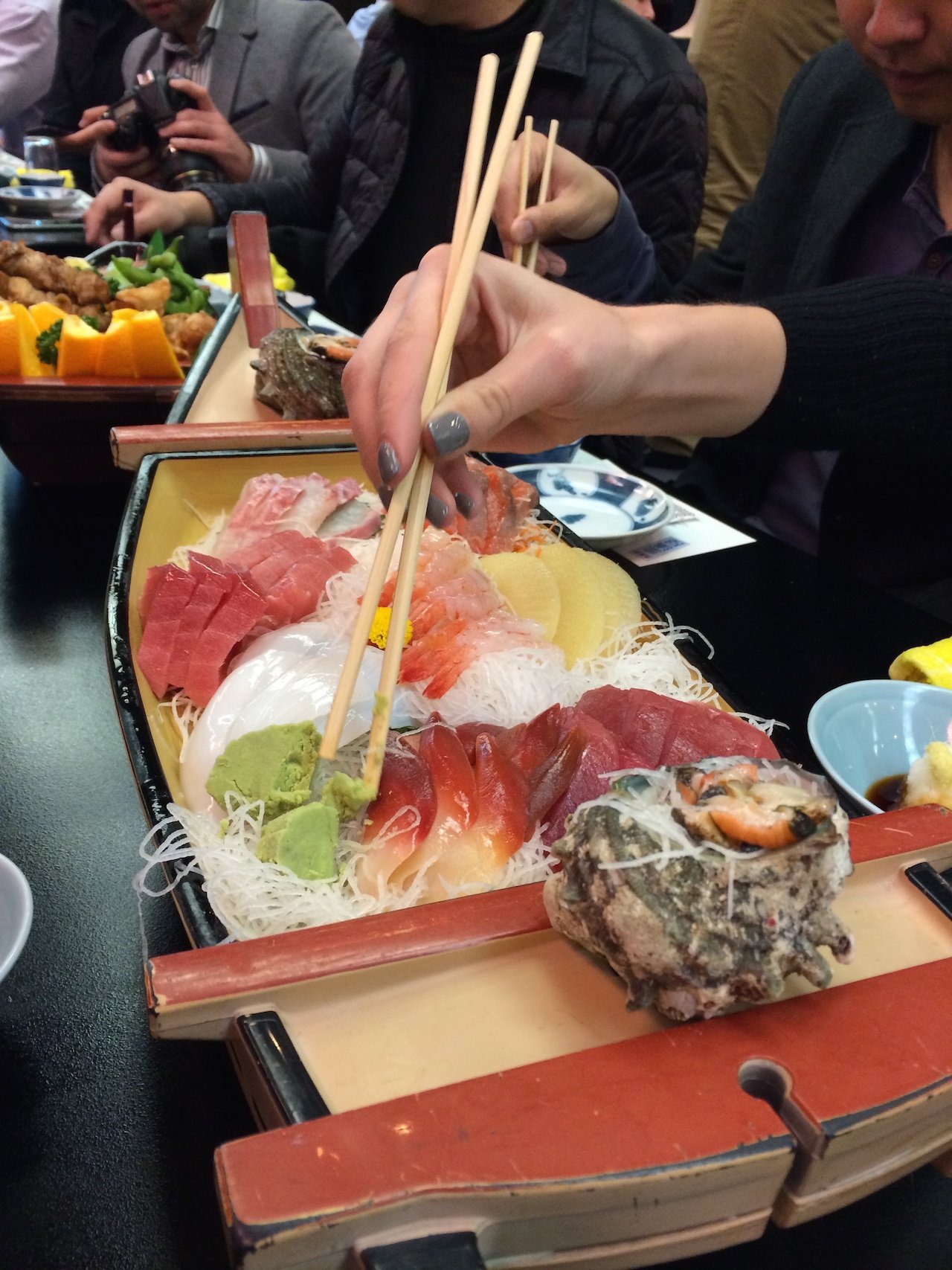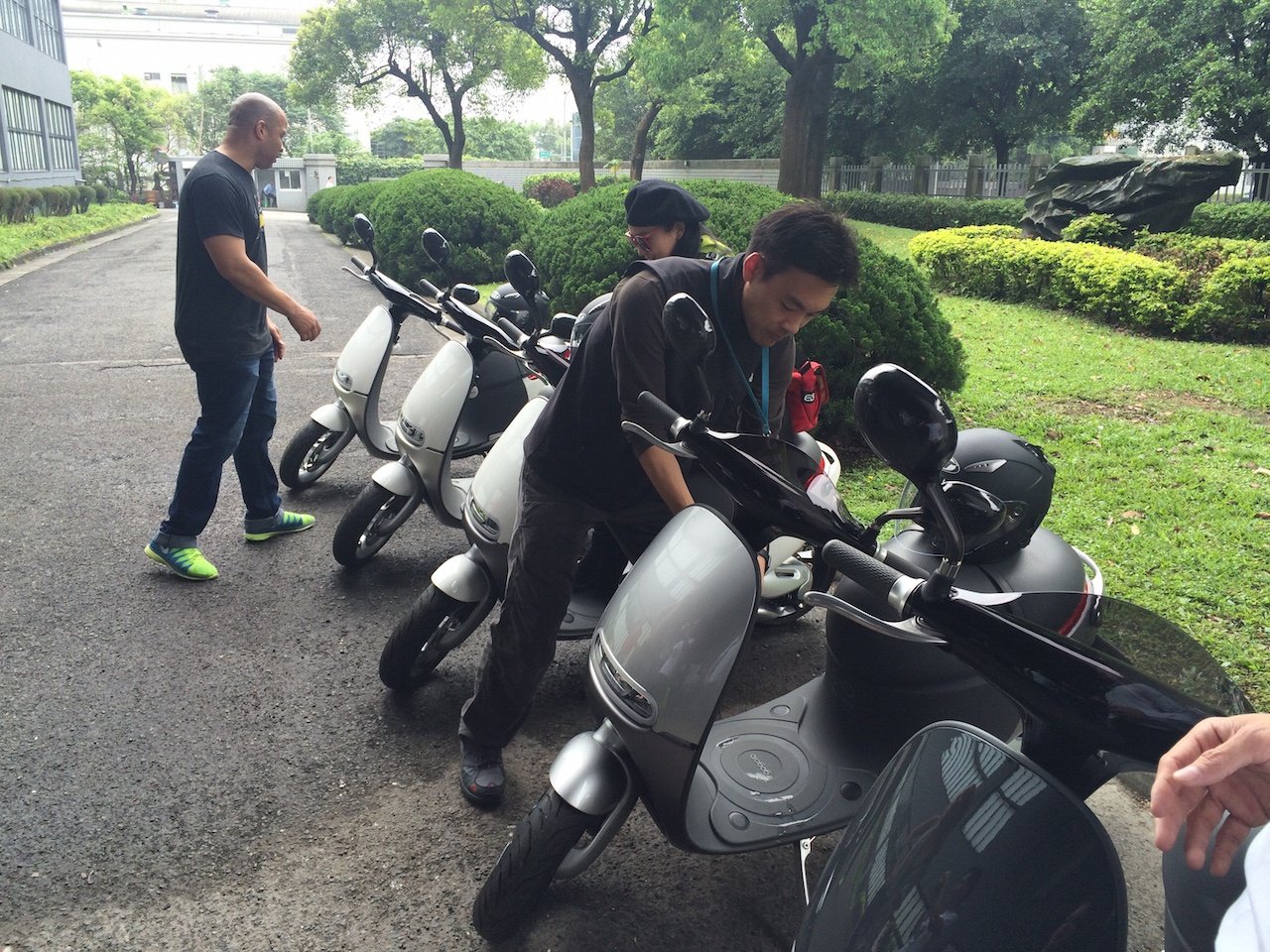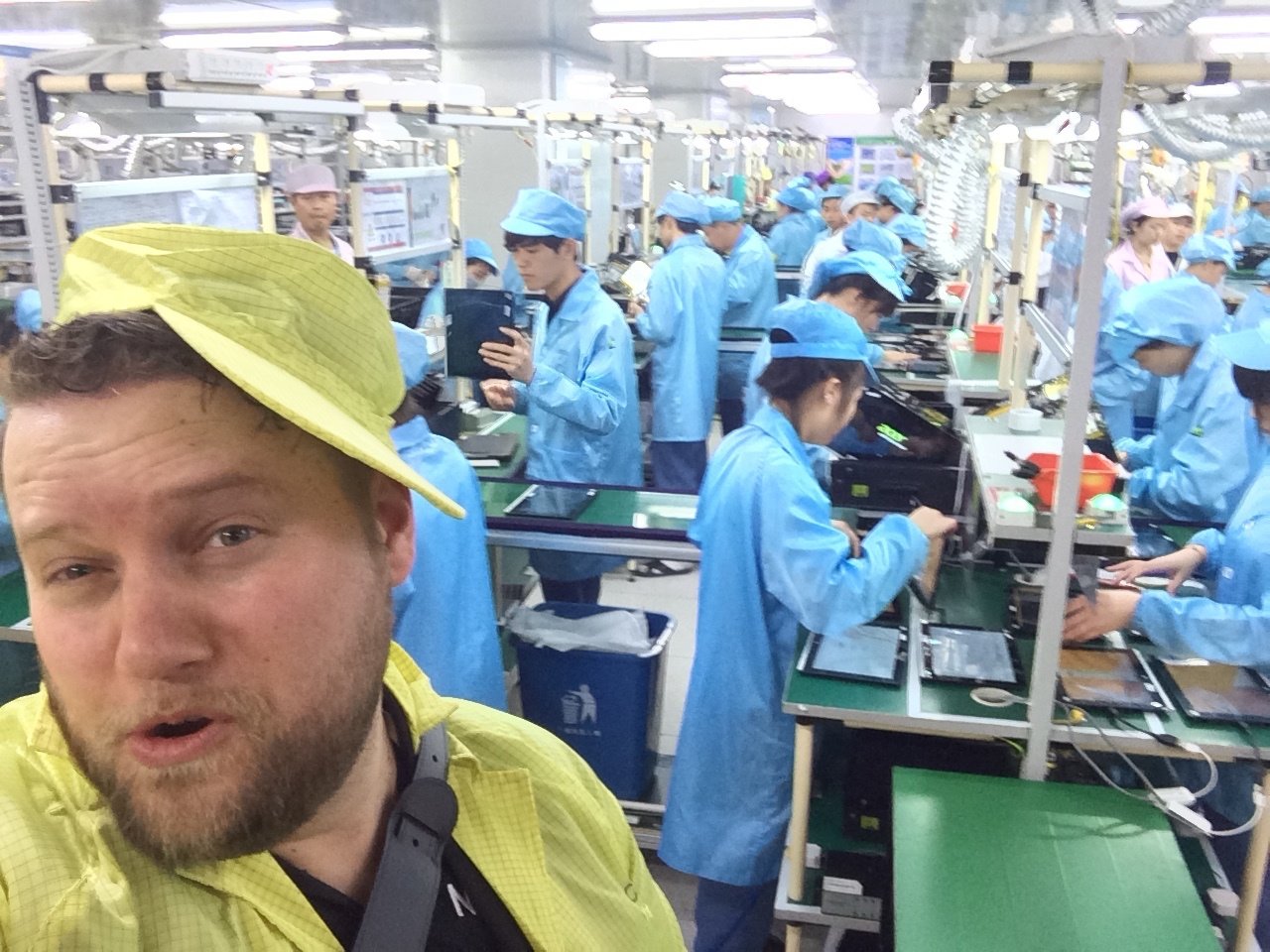The silicone rubber sheets we prepared are made out of 2 fluids that you combine and then they cure over time. The fluids come from a company named Wacker Chemie AG. Their website is located here: http://www.wacker.com
This company only sells these products in amounts of 20 kg's. But since we are doing research for Lulea University of Technology (Sweden), we have a supplier that cuts the 20 kg amounts into smaller pieces. So we were able to order just one kg.
The company that divided the 20 kg's into smaller amounts , is called ABIC Kemi.
The brand of fluids we used go by the name of ELASTOSIL® M 4641.
ELASTOSIL® M 4641 is a pourable, addition-curing, two-part silicone rubber that cures at room temperature.
Special characteristics
- Very good flow properties
- Fast and non-shrink cure at room temperature which can be accelerated considerably by the application of heat
- Medium hardness (Shore A approx. 43)
- Good transparency of the cured rubber
- High tear strength
- Outstanding resistance to casting resins, particularly polyurethanes and epoxies, for long service life of the molds
You can download a PDF with more specifications here. (English version)
Or download a German version, here.
Because I got a few questions on IRC, on how we exactly layered the materials, I'll point it out.
It's like this:
Acrylic with the silicone rubber sheet on top of that. On top of the silicone rubber sheet you place a projection screen. Make sure the projection screen doesn't stick to the silicone rubber sheet, because otherwise the ftir effect will be set off.
So basically it looks like this:
---------- your ugly ass fingers
---------- projection screen
---------- silicone rubber sheet
---------- acrylic
---------- image source
The projection screen we used is called Astralit. Which is some kind of white plastic material, that's probably sold in many craft stores. You use it for lamp shades. It cost us 66 krones = 7 euro's for 1.2 meters by 0.5 meters.
But remember, in the end you want to go with a projection screen, that blocks infrared light. And this projection screen doesn't block infrared at all, whereas Rosco does.
But we haven't actually tested the Rosco yet, so we don't know if it stucks to the silicone rubber until somewhere over the next two weeks.

 3-in-1 Mic
3-in-1 Mic








